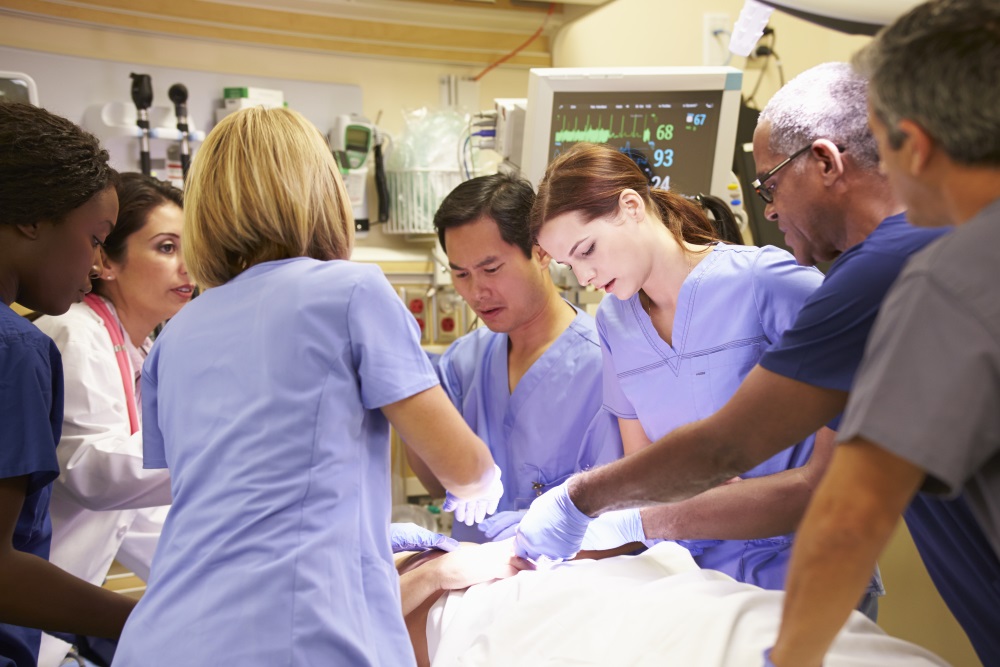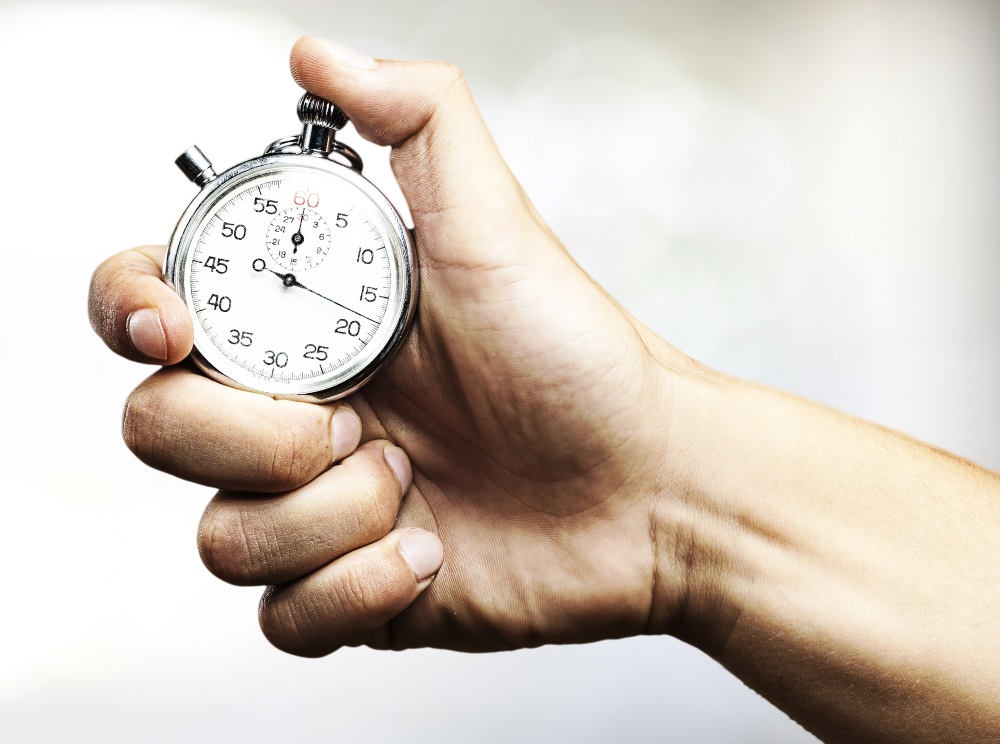It’s difficult to think about a situation more pressing than a pediatric patient in cardiac arrest. It’s nerve wracking even for the most experienced pediatricians because even in the heat of the moment, when you’re thinking about nothing but the procedure at hand, there’s no avoiding the reality that a child’s life is at stake. Understanding the gravity of this situation, we want to say that if we could pick a word to describe augmented reality, we’d choose “versatility,” because AR technology can be applied to many different scenarios and circumstances and in the next few paragraphs, we hope to convince you of the same thing: that any specialty can be improved by the addition of AR, if it’s used correctly.

When a physician sets out to learn a procedure to treat cardiac arrest, they must understand the mechanisms of it first. The American Heart Association (AHA) guidelines for cardiopulmonary resuscitation (CPR) usually, no matter what part of the world you live in, is the first line of defense against cardiac arrest. There are certified instructors all over the world that all teach the AHA CPR guidelines because they are globally recognized as the most effective at increasing the patient’s chances of survival after cardiac arrest. Physicians from the Geneva Children’s Hospital’s Department of Pediatric Emergency Medicine in Geneva, Switzerland have raised awareness about the low average hospital survival rate after pediatric in-hospital cardiac arrest–it’s only an alarming 36%. However, this number is much higher than the rate of survivability if the cardiac arrest occurs outside the hospital: 10%. Because of this, the researchers have designed a study that aims to integrate AR technology into the learning and application of these guidelines.

Two groups, one of them using AR supported with Head Mounted Displays (HMD) and the other using the traditional PALS pocket reference cards (which you can see an example of HERE), were tested. The objective was to determine whether adapting AHA guidelines to AR with the use of HMD would increase adherence to its described methods by reducing derivation and time to initiation of the procedure, a problem that is encountered with the card method. The study simulated a pediatric cardiac arrest scenario in which a pulseless ventricular tachycardia (pVT) was happening. The variables measured included the time taken to perform the procedure, how much time passed between the onset of pVT and the first defibrillation attempt, the initiation of chest compressions, between the defibrillation attempts, and which drugs were administered during the procedure.

Each group contained ten participants. The time to the first defibrillation attempt clocked in at an average of 146 s, and the adherence to AHA guidelines and the administration of drug doses and its times were not improved by using AR glasses. However, errors and deviations were significantly reduced while using the AR HMDs compared with the use of the PALS pocket reference cards. In the 40 defibrillation cases, residents using the PALS pocket reference cards used wrong doses in 65% of the cases, including 21 shocks over the indicated voltage (>100 J). These errors were reduced by 53% with the use of the AR adapted guidelines.

Although the addition of AR did not decrease time to first defibrillation attempt and other critical resuscitation factors, the residents using it achieved greater adherence to the guidelines, including to the defibrillation and drugs doses set by the American Heart Association. In our opinion, this is no small achievement. We believe that with some adjustments, this app could see its full potential and achieve the goals it set out to achieve. We’re also not sure if there was any kind of skew in experience level of physicians in one group or another, and that’s an important factor to take into account. And even if the app reaches its goals, we don’t think it should stop there–there’s a lot more to be done in this field! Wouldn’t it be something if, for example, AR help diagnose the patient using feedback with the EKG machine? While there’s a lot to still do with this app, we’re excited about it, and we can’t wait to hear more from this effort. What do you think about it? Let us know your thoughts and questions in the comments section!








